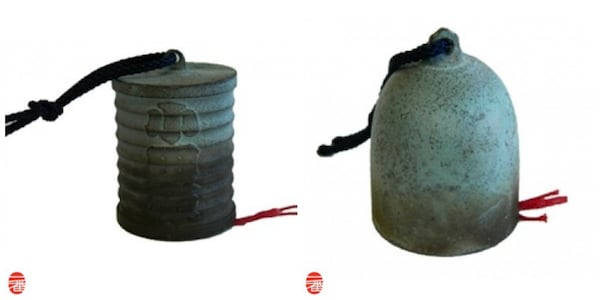3 Historical Crafts from Kanagawa
1. Odawara Casting

http://japan-brand.jnto.go.jp/eng/crafts/metal_work/2786/
In Japanese culture, there are many bells and ringing instruments made through casting, such as furin (wind chimes) that sing out refreshing sounds during the summer, and temple bells that gently resonate in people’s hearts. In Kanagawa Prefecture, Odawara City has built up an outstanding Japanese casting culture.
According to historical evidence, in 1534, during the third year of the Tembun Era (1532-1555), Yamada Jirozaemon pioneered the casting industry in Odawara after moving to the area from Kawachi Province, today’s eastern Osaka Prefecture. This is said to be the origin of Odawara casting. Given that this was a period of civil war, it is presumed that there was a very high demand for casting products, including Buddhist ceremonial fittings and statues, firearms, helmets, and even daily necessities such as pots and pans.
In 1686, the Kashiwagi family relocated to Odawara’s Nabe Town under the auspices of the Okubo family, where they started a casting business as well. When Yamada Jirozaemon’s descendants moved to Tokyo in 1891, the Kashiwagi family purchased the Yamada family’s casting facilities lock, stock and barrel. With this, the Kashiwagi family’s production capabilities increased dramatically, and the techniques they developed form the backbone of today’s Odawara casting methods.
Bells and ringing instruments were the most common products developed at this time. Various products such as signal bells for ships, bonsho bells for temples, and instrumental cymbals were manufactured and sold both domestically and abroad.
Bells made through Odawara casting differ from standard iron products, and use a copper alloy with traces of silver, lead or tin, giving them a harder, stiffer quality that better resonates sound. Bells and instruments made through Odawara casting are highly valued, and have been used in various prestigious settings. For example, the hand bell used by the chairman in the National Diet, the gong in the Shinjuku Imperial Garden, and the furin wind chimes used in director Akira Kurosawa’s film, Red Beard, were all products of Odawara casting.
The hand-made manufacturing processes of Odawara casting have been passed down to the present day. Try enjoying Japan’s summer by cooling yourself and listening to the beautiful sounds of furin made through the pride of this historic Odawara technique.



